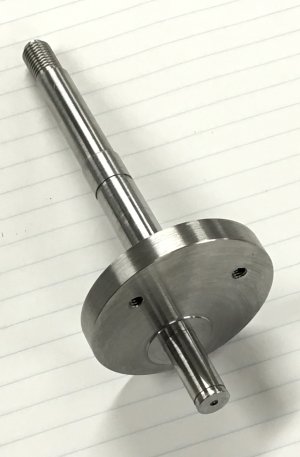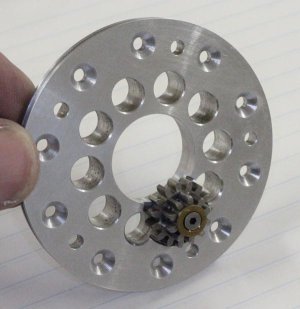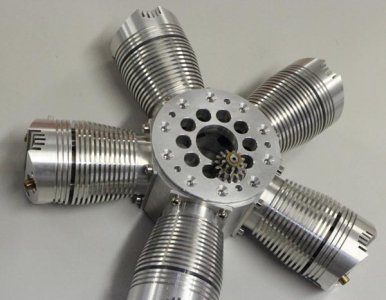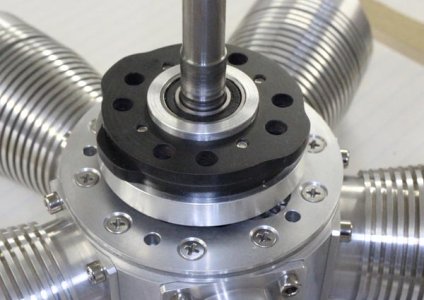I've always struggled with centering work in a 4J. Some times it would take me over an hour in order to get something even remotely close.
These instructions work, and work great.
https://littlemachineshop.com/images/gallery/PDF/centering4-jawchuck.pdf
Now if I could only find something similar for tramming the vise square on my mill.....
Look at the picture in those instructions. Now, I normally take it on faith, that a fella should be able to get well under 100 thou (0.100) which is pretty normally the full dial revolution of a dial indicator, simply by eyeball, against a drill bit in the chuck, or some similar fixed object.
Put the indicator on the back of the work, so it's not in your way.
To hell with writing down high and low numbers, too much like work!
You give the chuck a spin by hand, and simply watch the needle swing from high to low. Stop at one end, and adjust to push the needle travel towards the middle. Repeat.
Done. Should be a minute or two on the outside to get under a thou. Another minute to get to darn near as possible to zero.
Tramming a head, or dialing in a vise jaw, again, should be seconds of work, not hours. But same basic concept. Place vice on table. Bolt it down snug, not too tight. Pass the indicator (held in chuck, mag base on spindle, whatever) across the fixed jaw. Adjust the Y axis feed so the needle tip is moving the same way as the jaw is angled. In other words, as the jaw gets closer to you, the needle does too.
Tap the vise with a soft hammer or lead block, toward the correct direction. Sweep, repeat. When happy, tighten the bolts, do one last check, done.






